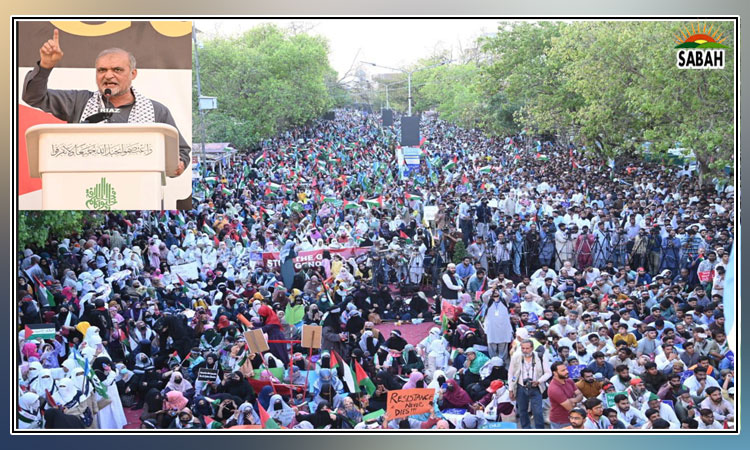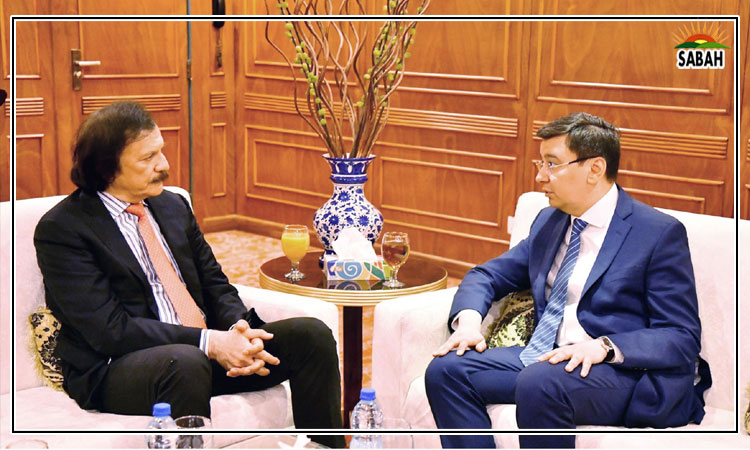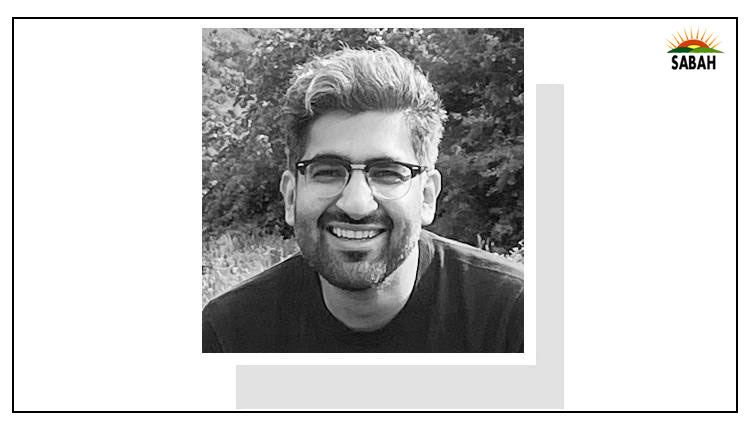Diluted opposition…Umair Javed
IT is worth understanding why despite large-scale and detrimental changes to judicial independence, widespread electoral manipulation last February, and severe curtailment of civil liberties in various forms, resistance to these acts has been piecemeal or ineffective. While PTI has mobilised on several occasions, and sections of the legal and human rights community have voiced their disapproval, not much has changed in terms of outcomes.
One answer is that the establishment, which is in its familiar perch of the driving seat, is in a strong enough position to see off these challenges. If there were any figments of internal disagreement or conflict, those too have been quelled (or court-martialled). Similarly, political parties in government have an existential interest in playing along, given the electoral challenge posed by PTI. This configuration prevents the opposition from obtaining much by way of concessions.
In the past though there have been instances where erstwhile powerful regimes were challenged effectively by a wide range of opposition forces. The most recent example was the tail-end of Musharraf’s dictatorship between 2005-2007, when the legal community mounted significant resistance against Iftikhar Chaudhry’s sacking, leading to a more widespread anti-regime movement that included mainstream media, civil society, and political parties.
This time around, despite the far-reaching impact on the judiciary’s internal functioning posed by the 26th Amendment, and the general erosion of fundamental rights, there is nothing even remotely similar in scale. PTI’s protest in November initially declared the reversal of the 26th Amendment as one of its main goals, but that was first diluted by other, loftier objectives (such as ending Imran Khan’s incarceration), and then displaced by the onset of state repression.
If we compare the present moment to the past, one major difference lies in the conduct of the judiciary and bar associations. Internal splits and politicking, never much of a secret, have rendered these institutions incapable of taking a unified (constitutionally aligned) position on key political issues.
For the judiciary in particular, this has been apparent in a string of high-profile cases. The Panama Papers inquisition is an obvious example of collusion with the state, but in more recent years political squabbles have also been clear in issues such as the Punjab and KP assembly election schedule, election symbol and reserved seats allocation, and the acceptance of military courts. Egregious issues, even those internal to judicial independence, such as the case of intelligence apparatus interference raised by IHC judges, have not produced a clear institutional position.
Beyond the judiciary, the wider legal community is also less effective as an oppositional force due to bar factionalism and its reliance on political patronage. Parties that have engaged with the associations and are able to offer more by way of judicial appointments, financial resources, and privileged access are able to get their way on key political issues. Resultantly, even the issue of military courts, anathema to rule of law, has been sidestepped by the SCBA, who instead were quick to point out their magnanimity and fairness in accepting mercy petitions.
Where polarisation and patronage dilutes legal opposition, similar dynamics along with years of coercive control over editorial decisions also renders mainstream media ineffective. There is also a longer history to this. It would be naïve to assume that the passive (or active) collusion of television channels with the status quo is somehow unrelated to previous years when some channels were taken off air or demoted in cable settings, newspaper circulations were stopped, and even private corporations were asked to withhold advertising revenue from some specific publications.
If mainstream media is unable to take a clear position against the violation of democratic norms, it is largely because of the way it’s been both incentivised and coerced into this situation by the establishment and all of its allied political parties, past and present.
Finally, the absence of civil society activism has also been cited as a reason for the current impasse. Several PTI leaders point out that NGOs and rights organisations have not taken unequivocal stands against the erosion of democratic rights because of their alignment with foreign donors or with parties in government.
This point may be valid but its impact on actual political outcomes is overblown. Pakistani civil society activists, especially those working in the human rights space, are marginal actors precisely because of the restrictions placed on them for at least the past decade. They remain mired in bureaucratic and regulatory oversight replete with registration and funding risks. Plenty of activists have faced serious threats to their livelihoods and lives, with little protection or support offered by mainstream parties. Despite these challenges, many continue to take principled positions, even in the absence of broader support.
As of now, the PTI remains largely on its own as an oppositional force against the current set-up. Its widespread popularity is helping it stay afloat despite significant suppression, but with limited domestic options and institutional support to force an immediate change, especially on issues such as the 26th Amendment. The bitter part of this story is that in its previous incarnation as the establishment’s junior partner, it too has played a part in disempowering those capable of opposing anti-democratic interventions, be it the legal community, the media, or civil society.
It is in this context that its attention now turns to the incoming Trump administration. The strategy there involves leveraging its support among the diaspora in the hope of directing change in US policy towards the set-up in Pakistan. As the levers of domestic politics prove ineffective, perhaps external circumstances can provide it with an opening of some sort.
COURTESY DAWN












